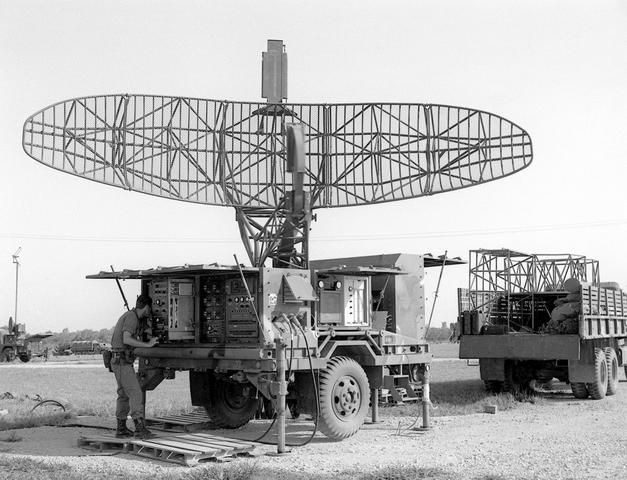Plasma antennas disappear when turned off
By Stephen Ashley

For decades, researchers in laboratories toyed with the idea of a plasma antenna, but Ted Anderson, president of Helicala Research and Development - a small company from Brookfield, Massachusetts - and physicist Igor Aleksev from the University of Tennessee-Knoxville recently revived interest in the field. Their research raises the possibility of creating a small, jam-proof antenna that consumes modest amounts of electricity, is quiet, does not interfere with other antennas, and is easily tuned to many frequencies.
When an electrical pulse at the frequency of radio waves is applied to one end of such a tube (Anderson and Aleksev use fluorescent lights), the energy of the pulse ionizes the gas inside the tube and creates plasma. "The high electron density in plasma makes it an excellent conductor of electricity, just like metal," says Anderson. When the trapped plasma is in an excited state, it easily emits, receives or reflects electromagnetic waves. Changing the plasma density by adjusting the electrical power changes the radio frequencies that the antenna transmits and receives. Additionally, antennas tuned to certain plasma densities can be sensitive to low radio frequencies and not respond to the higher frequencies used in most radars. But unlike metal, when the electricity is turned off, the plasma quickly returns to being a neutral gas, and the antenna effectively disappears.
This disappearance could have several applications, says Aleksev. Lockheed Martin, a contractor for the US Department of Defense, will soon conduct an airborne test of a plasma antenna (enclosed in a rigid and insulating polymer), designed to be undetectable by radar, even when it transmits and receives low-frequency radio waves. At the same time, the US Air Force hopes that the technology will be able to protect the electronic components in the satellites from strong jamming signals that enemy missiles may transmit. The US Army supports the research of directional plasma antenna arrays, in which the radar transmitter-receiver is surrounded by a ring of reflectors that act as plasma antennas. "When one of the reflector antennas is stopped, the microwave signals transmitted from the center of the ring pass through the open window in a highly directional beam," says Alexev. Alternatively, the same device can be used as a directional receiver for precise localization of radio transmitters.
However, not all researchers familiar with the technology are so enthusiastic about its prospects. Wally Manheimer, a plasma physicist at the US Naval Research Laboratory, recalled that more than XNUMX years ago the Navy was researching plasma antenna technology. The hope was that the plasma could serve as a basis for upgrading the metallic phased array radar currently used in the US Navy's Aegis cruisers and other vessels and make it small and stealthy. From these arrays of antenna elements it is possible to direct, electronically, beams of microwaves towards targets. The Navy researchers, Manheimer says, tried to use the technology of plasma antennas directed with magnetic fields to create a more accurate "flexible mirror" array. For the produced beams to work well, biaxial orientation was necessary; Unfortunately, the scientists were only able to tune the beams along one axis, and the Navy scrapped the plan.
signal clouds
Your patrol team has suffered heavy casualties, and you are now isolated deep in enemy territory. You need a quick rescue, but the mountains around you block all communication. what can we do? Plasma antenna researchers may have a solution. Several of them have patented an idea, according to which antennas based on plasma gas will transmit and receive signals even when more conventional means of communication fail. The heart of the idea is that explosive charges will launch a jet of plasma. The ionized gas cloud that will be created will help the efficient distribution of electromagnetic signals from a special radio transmitter.
To purchase a subscription, call 1-800-355-155

One response
A very nice idea, another example of a physical idea that was known for a long time before it could be used and according to the article the American army failed to implement this idea about a decade ago and since then the project has been abandoned, or is it just to not reveal the fact that they have something like this in their possession or in the development stages Advanced.